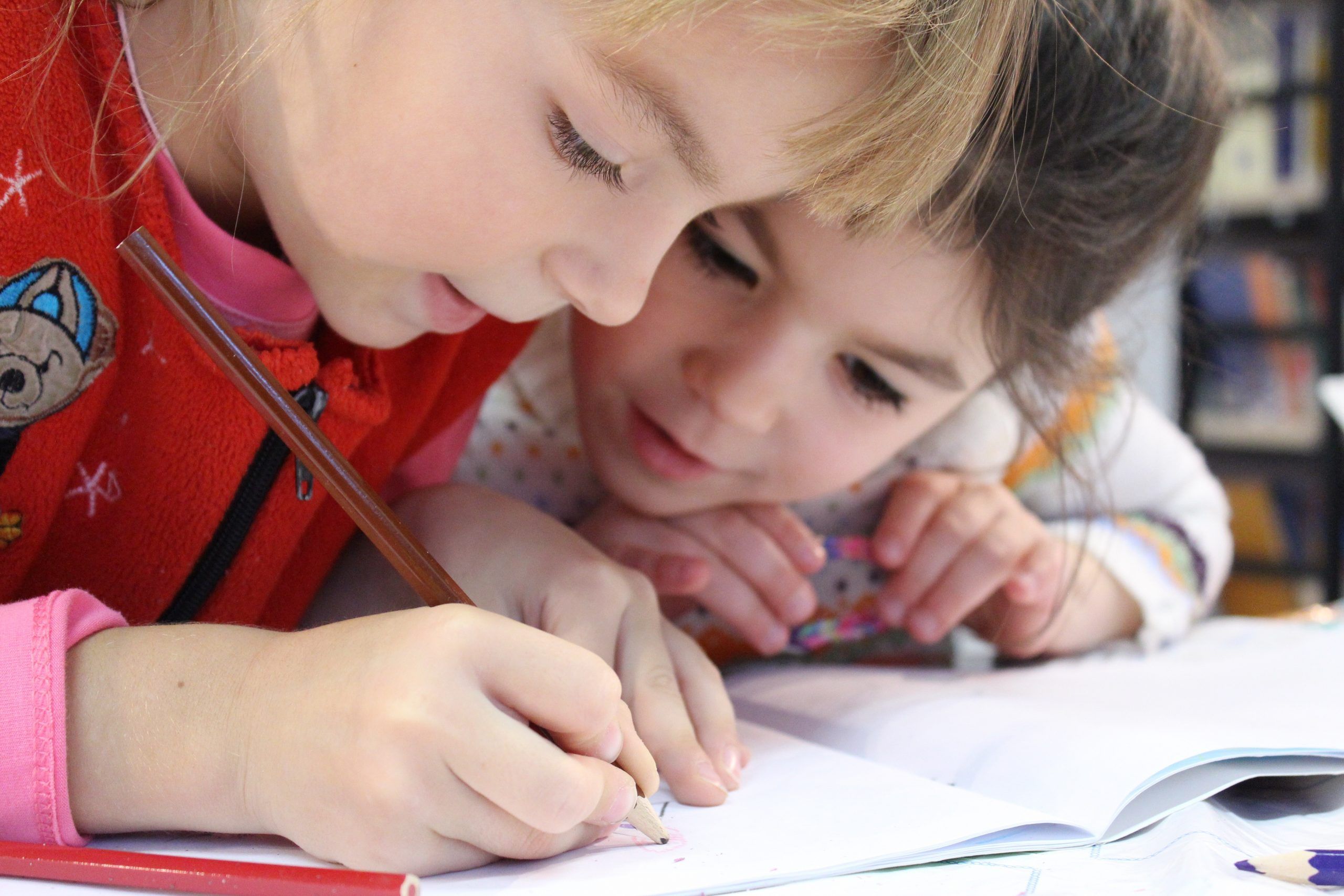dr. susy hota, medical director, infection prevention and control & medical device reprocessing department at the university health network, acknowledges that figuring out how to get kids to ear their masks properly is “challenging” and “confusing.”
lanyards, ziploc, paper bags
that hasn’t stopped families for coming up with their own creative solutions, however.some parents of younger kids in grades four and under are hashing out the issue of using
lanyards — a strap that can be attached to a mask and worn around the neck, shoulder, or wrist — to make it harder for a child to lose their mask, and maybe deter sharing.but some experts are urging parents to reconsider lanyards, because they can be
unsanitary, covered in bacteria from contact with dirty hands. also, “whatever you clip onto them (like, a mask) can dangle and drag over things,” says hota. there’s also a
choking risk, especially if the strap cannot be detached easily.mask storage is another thing to consider. how can parents help their kids make sure what they are putting on their faces is clean? how can soiled masks be stored safely? and how on earth can we get the message across that sharing masks is not only unsafe, but, well, gross.storage ideas include large plastic
ziploc bags labelled with the child’s name where they can put their mask during meals and recess. labelling also may reduce the chances that another child may use it. hota suggests having different coloured bags for each mask worn during the day to prevent reusing a soiled mask. as the child replaces a soiled mask, they should be putting the bag away in a backpack or a fanny pack.she also stresses that children should be reminded to never share masks, to always wash or sanitize their hands each time they remove their mask, and to handle their mask by the earloops. and above all, never share. tell them “as cool as your friend’s mask might be, you can’t trade masks,” says hota.
another safe mask measure is to decorate cloth masks to ensure that one side is different from the other to prevent kids from placing the contaminated side on their face after recess or lunch. “both sides can look the same on a cloth mask,” she says.finally, hota recommends that parents do a nightly mask check to ensure they aren’t broken or frayed, or have stretched-out earloops that prevent a tight fit. it’s a strategy she’s implemented with her own school-aged kids, she says.and if they forget their masks, schools will have extras on hand.while the anxiety over a safe return to school is palpable in the playgrounds, juhno is cautiously optimistic the mask-wearing will be successful. “hopefully, it all works out,” she says.
don’t miss the latest on covid-19, reopening and life. subscribe to healthing’s newsletter coming out of covid for daily updates on the top 世界杯决赛2022 and the healthing weekender delivered to your inbox on saturday.
 4 minute read
4 minute read









